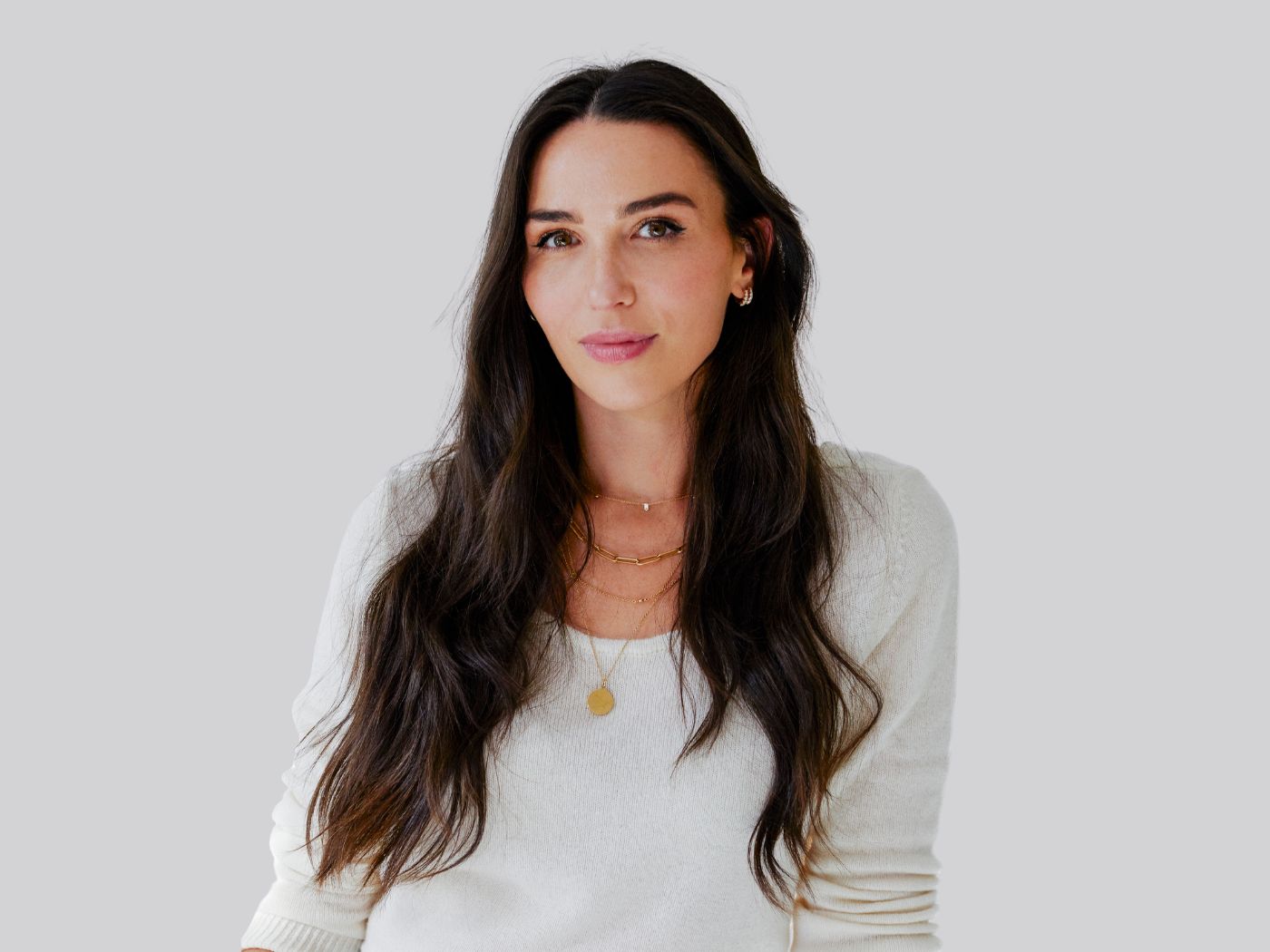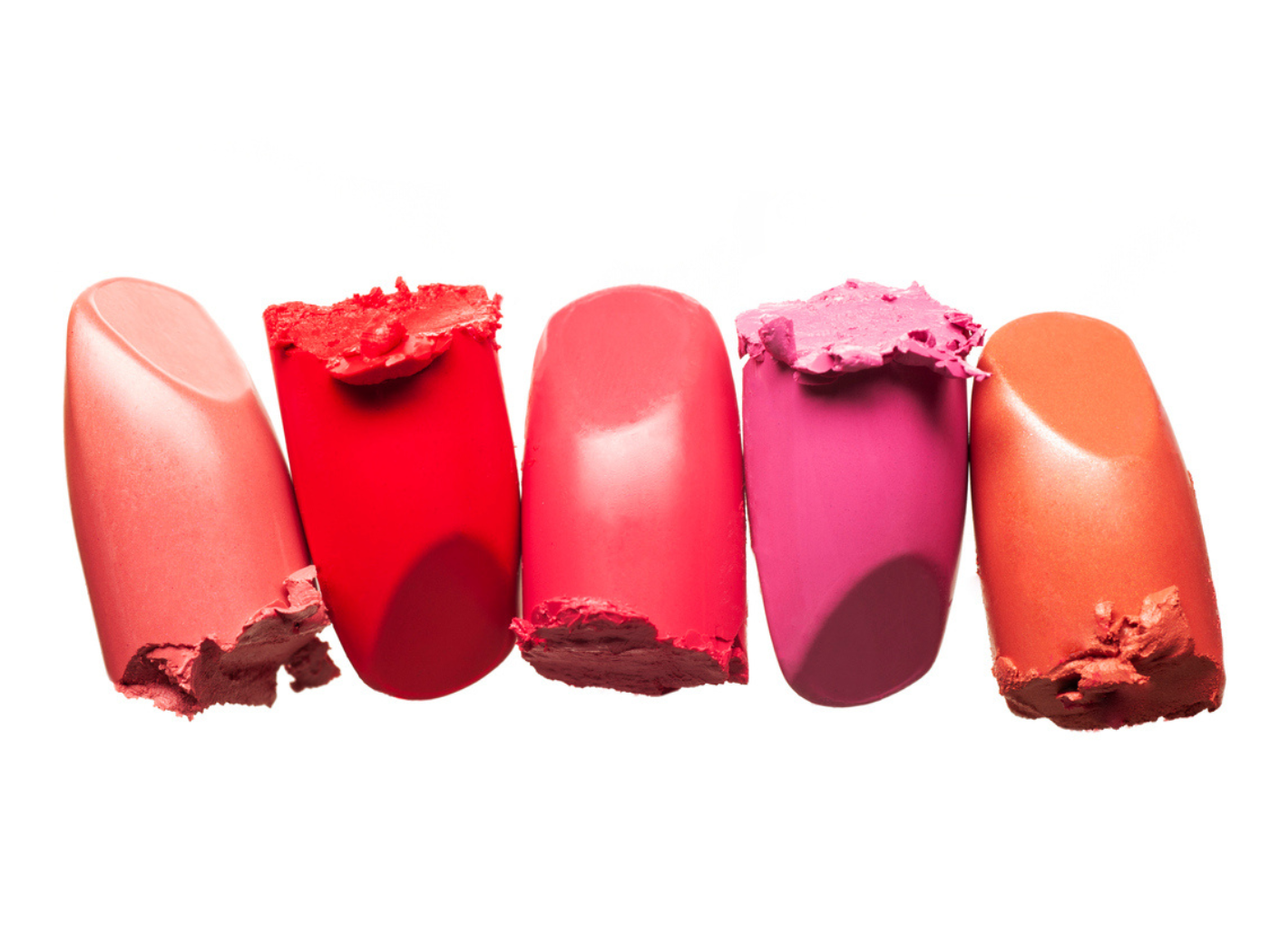How do you sell bronzing products in a market that prizes bright, white skin?
That’s the question challenging American and European self-tanning brands as they branch out beyond their home countries onto the global stage. In Asian countries, particularly China, Korea and Japan, where skin lighteners crowd beauty aisles, these brands believe they can attract consumers by tweaking their messages and products to resonate with locals who have historically chased a fair-skinned ideal.
Despite the preference for whiteness, Veronique Munro, CEO and founder of West Hollywood-based Infinity Sun, argued Asia could be a strong market for the spray tan company, which is developing a product tailored to Asian tastes. “Access to more Western influences is having an impact on the newer generation. They are much more westernized and part of that is being tan,” said Veronique.
James Read, founder of a namesake London-based self-tanning brand, agreed with Veronique that younger consumers are embracing bronzed looks. “There was a time when Asia shied away from self-tanners, but the wave is starting to change with the younger generation,” he said. James is working on a range of products for Asia focused on advanced skin care ingredients and sun protection that he said deliver healthy radiance rather than a dark tan.
Although Sunless Inc., the Ohio-based company behind spray tan salon staples VersaSpa and Mystic Tan, hasn’t scripted a plan of attack for Asia yet, Vice President of Marketing, Mike Concannon asserted self-tanning products could perform well there. “There is a difference between tan and color. When you talk about a tan with someone, it can be a deep, dark or bronze tan. Color is something very different. Color is very individualized and, even in countries with pale-skinned [beauty standards], color is prominent.” Mike singled out gradual self-tanners, a burgeoning slice of the self-tanning sector intended to slowly build glows, as a good point of entry for Asian consumers. A gradual self tanner “doesn’t have to [create] a deep tan. It is about beautiful subtle color,” he said.
Mike also suggested communicating to Asian consumers in targeted ways to persuade them of the benefits of self-tanning. For instance, they might have specific concerns for different body parts. Mike said, “Arms may be one thing, and face, décolletage and legs may be something else.” This dissecting of body parts could be helpful to win over Asian consumers for whom paleness is a chief concern on the face.
Stressing improvements to pigmentation and overall skin health rather than tanning could be a strategy, as well. Underscoring that the technology in self-tanning formulations has progressed substantially to push the skin care envelope, Mike said, “These [self-tanning] products even pigment, which is a potential opportunity,” said Mike, highlighting that VersaSpa incorporates marine algae to give customers “firming, detoxification and rejuvenation” along with a lasting tan.
Regardless of how they discuss their products, Sisi Zhang, an analyst with ACMR-IBISWorld, a partnership of research firms producing industry reports on China, is skeptical that self-tanning brands can make major breakthroughs in China. She said sales of sunless tanning products in China are “very small” and have “limited potential to grow.”
“Most Chinese people still believe that the degree of beauty is in direct proportion to the whiteness of their skin,” explained Zhang. “The longstanding Chinese principle is that ‘fair skin covers ugly.’ Nowadays, influenced by celebrities and the plethora of effective whitening products on the market, Chinese beauty consumers are actually more enthusiastic and pay even more attention to maintaining paleness than their parents and grandparents.”
But James said next year his brand is expanding to 20 countries and is bringing out more innovation in tanning. “It’s about changing the perception.”
Mike noted sunless tanning companies don’t need to capture a big percentage of Asian beauty consumers to generate a solid business.
“There is no monolithic audience wherever you go. For any brand to be successful, you don’t need everybody. You need .5 percent of the market,” he said. “You could do well with different market segments, whether it is the younger customer such as the teen or the budding college kid. Men might have a different approach to color and tanning than women.”
Alyson Hogg, CEO and Founder of Vita Liberata, a self-tanning brand based in Northern Ireland that hasn’t gone into China due to animal testing requirements, is convinced China can be a fruitful market for self tanners. “We would be very interested to go into Asian markets. Increasingly, with a lot of people of Asian descent in the U.S., you see these beautifully bronzed Asian girls with the most gorgeous tan shades,” she said. If Vita Liberata entered China, she continued, “I am sure there would be an audience there ready and waiting for us.”



